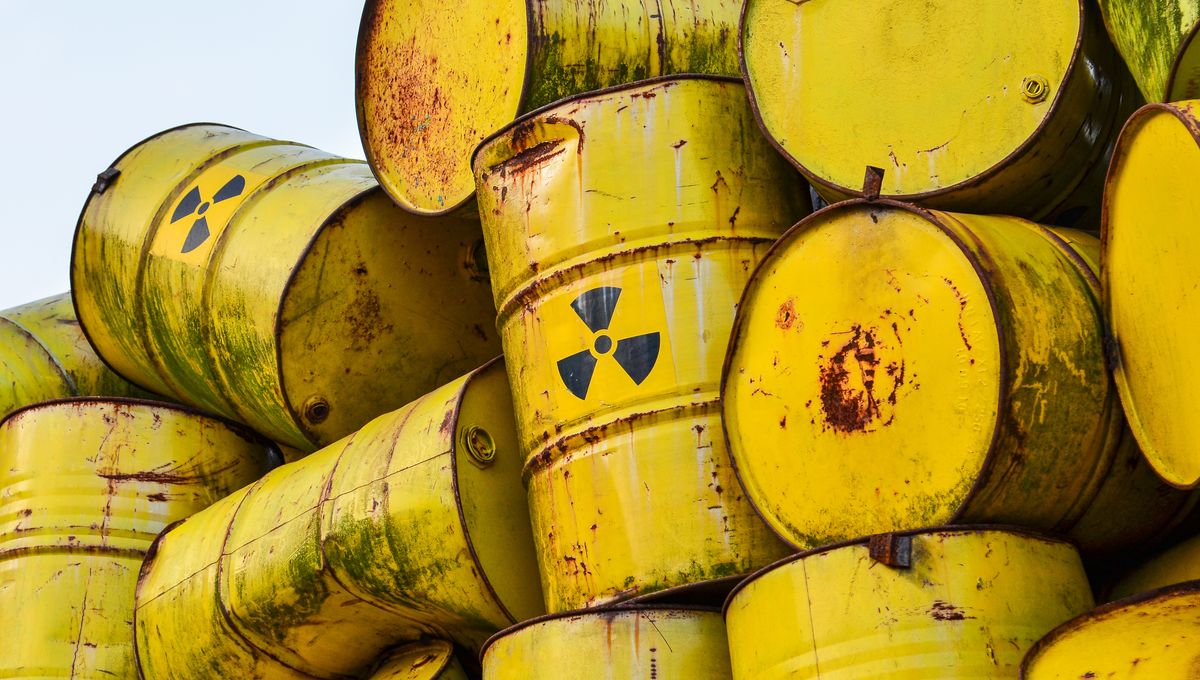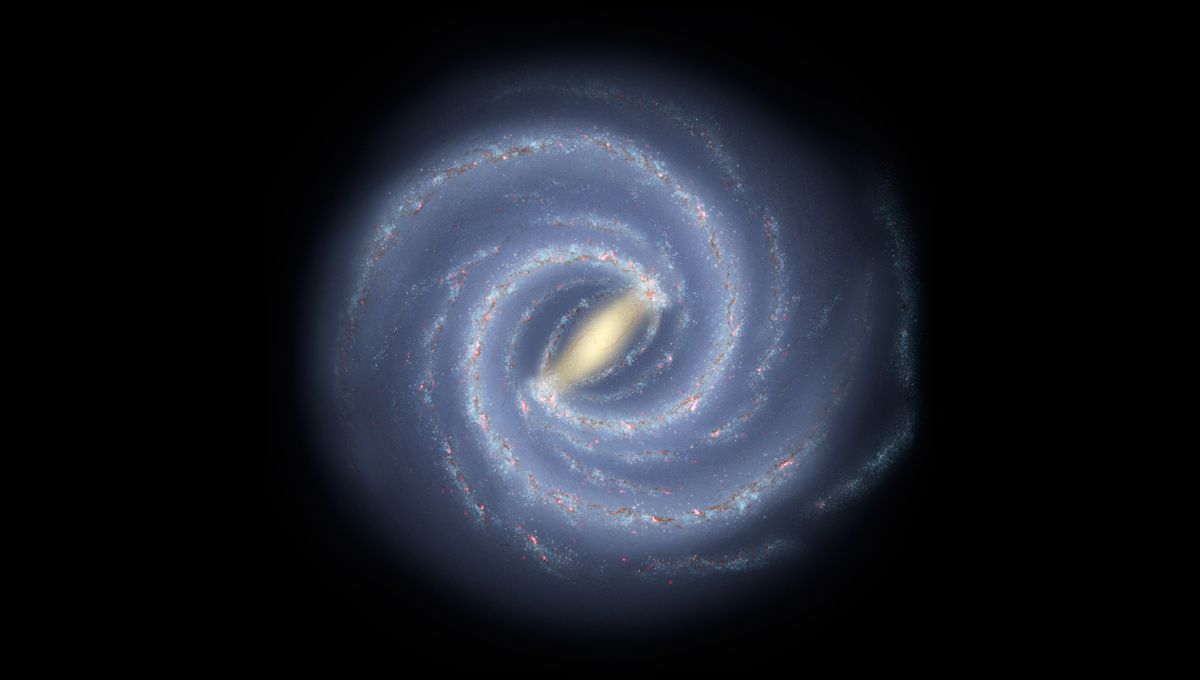Imagine a world where nuclear waste is transformed into diamonds, providing a solution to the nuclear waste problem while also offering a superior energy source. That’s exactly what scientists at the University of Bristol achieved seven years ago. They created a prototype battery by converting nuclear waste into diamonds, and now a company called Arkenlight, born out of this breakthrough, is making waves in the industry. However, they face competition from NDB, a company with even bigger ambitions.
Nuclear power stations produce various radioactive isotopes, and finding a way to utilize them as reactor fuel or store them securely has proven to be a challenge. One particularly tricky isotope is carbon-14, which has a half-life of over 5,700 years. Arkenlight and NDB aim to turn this carbon-14 into treasure rather than trash.
In 2016, Professor Tom Scott and his team demonstrated that radioactive carbon could be heated and transformed into gas, condensing into artificial diamonds. These diamonds, when appropriately doped, can generate a current through beta radiation as the carbon-14 decays. The team ensured the radioactive material was safely contained within a diamond of stable carbon-12.
While the current produced by these diamonds is currently small, they have immense potential in situations where longevity is crucial. For example, they could power probes exploring the outer Solar System or be used in monitors inside volcanoes or under the ocean. Arkenlight even envisions using them as monitors within nuclear waste storage sites. The initial versions use nickel-63 as the source of radioactivity, but Arkenlight hopes to transition to carbon-14 for even longer-lasting power. They are even exploring the possibility of using these diamonds to power artificial neurons inside the brain.
On the other hand, NDB claims to have made advancements in the original research by using microdiamonds to dissipate heat and implementing additional safety features. They also utilize multiple radioisotopes instead of relying solely on carbon-14. However, there are doubts about the potential of their product. While NDB envisions replacing lithium-ion batteries in cars and smartphones, the power output of their batteries, especially those using carbon-14, may not be sufficient for such applications. Additionally, recharging these batteries won’t be as simple as plugging them in.
Despite the skepticism, some outlets believe in NDB’s potential. However, it’s important not to get our hopes too high until these challenges are addressed. The future of diamond batteries is exciting, but there are still hurdles to overcome.








